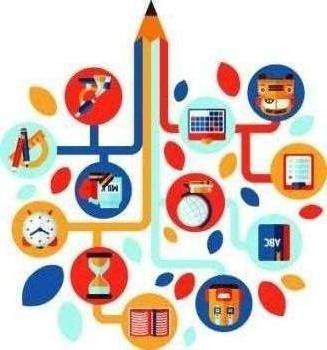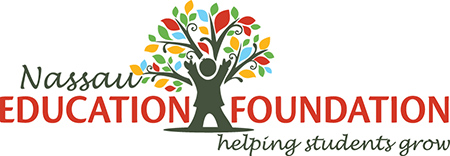Calm, Connect & Thrive

- School:
- Yulee Primary
- Subject:
- Other
- Teacher:
- Vicki Grubbs
- Entire School
- Students Impacted:
- 600
- Grade:
- Pre K - 5
- Date:
- March 14, 2025
0% Funded
Only $1,200.00 Needed
Goal
The goal of this grant is to equip teachers with self-regulation and social-emotional learning (SEL) tools that help students develop emotional awareness, coping strategies, and classroom readiness. By providing hands-on manipulatives and structured supports, the grant aims to:
1. Promote Self-Regulation – Provide tools like fidget items, calm-down kits, breathing boards, and sensory bins to help students manage emotions and behaviors effectively.
2. Support Social-Emotional Development – Offer manipulatives and resources that encourage emotional expression, problem-solving, and relationship-building among students.
3. Enhance Classroom Management – Reduce disruptive behaviors by giving teachers proactive strategies and resources to help students self-soothe and refocus.
4. Improve Academic Engagement – Foster a learning environment where students feel emotionally secure, leading to better focus, participation, and overall success.
5. Provide Teacher Training & Support – Ensure educators have access to professional development or guides on how to integrate SEL tools effectively in daily instruction.
What will be done with my students
1. Calm-Down Corners & Regulation Stations
• Teachers can create a designated space in the classroom with fidget tools, breathing visuals, emotion charts, and sensory items.
• When students feel overwhelmed, they can use this area to practice self-regulation strategies, such as deep breathing, squeezing a stress ball, or using a mindfulness jar.
2. Morning Meetings & Check-Ins
• Teachers can use emotion cards or mood meters to help students identify and express how they’re feeling at the start of the day.
• Social-emotional manipulatives, like conversation cubes or feelings puzzles, can be used to spark discussions about emotions and coping skills.
3. Small-Group or One-on-One Emotional Coaching
• For students struggling with self-regulation, teachers can use tools like social stories, sensory pathways, or mindfulness activities to help them learn strategies in a structured, supportive setting.
• Role-playing with emotion dolls or scenario cards can help students practice problem-solving and empathy skills.
4. Movement & Sensory Breaks
• Teachers can use flexible seating options (wiggle cushions, balance balls) and fidget tools to help students who need movement to stay focused.
• Sensory paths or movement stations allow students to take structured brain breaks that help them reset before returning to learning.
5. Behavior Supports & De-Escalation Strategies
• Teachers can use self-regulation visuals and choice boards to help students communicate their needs without acting out.
• When a student is upset, teachers can guide them through breathing exercises, tactile calming activities (like kinetic sand or textured mats), or grounding techniques using sensory items.
6. Integrating SEL into Academic Lessons
• Manipulatives like emotion story cubes or SEL board games can be incorporated into literacy and writing activities to build emotional vocabulary.
• Math and science lessons can include cooperative games that teach turn-taking, patience, and problem-solving.
Benefits to my students
Many young students struggle with the shift from home life—often characterized by flexible routines—to the structured setting of school. This transition can lead to anxiety, difficulty following directions, limited social interaction, and behavioral challenges, which impact both individual learning and the overall classroom environment. Research shows that early SEL interventions improve student focus, behavior, and academic performance, making them a crucial component of school readiness.
Our school serves a diverse population of students, many of whom lack access to structured preschool experiences. The need for an intentional, well-resourced SEL program is critical to ensure these students develop the skills necessary for a positive school experience.
Budget Narrative
This budget supports the purchase of self-regulation and social emotional learning manipulatives to help elementary school teachers create structured, supportive environments that foster emotional awareness, coping strategies, and positive behavior management. These materials will be used to enhance students' self-regulation skills and overall academic engagement.
Items
| # | Item | Cost |
|---|---|---|
| 1 | Sensory Tools (Fidgets, breathing cards) | $200.00 |
| 2 | Communication Aides (visual cue cards, mirrors, story telling prompts) | $200.00 |
| 3 | Flexible seating (wiggle cushions, balance balls) | $200.00 |
| 4 | Emotion charts, mood meters, self regulation visuals | $200.00 |
| 5 | Sensory pathways | $300.00 |
| 6 | Conversation cubes, feelings puzzles | $100.00 |
| Total: | $1,200.00 |
0% Funded
Only $1,200.00 Needed


Share
Please share this page to help in fulfilling this grant.
Email to a Friend